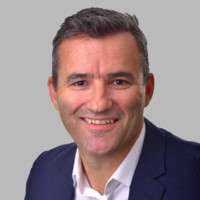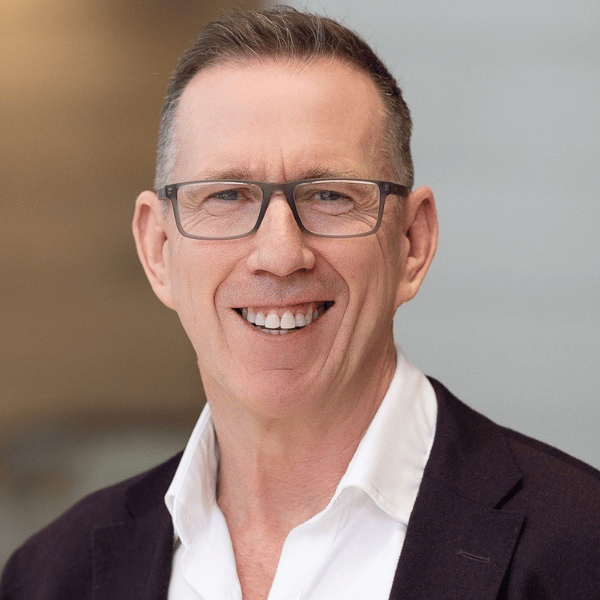Times are changing in wealth management. The industry is being sandwiched between the revelations of the banking royal commission and investors crying out for better, faster, more personalised service.
And technology will drive the transformation, according to Paul Dunn, Bravura’s Client Relations and Sales Director for APAC.
‘‘I think the market is looking for something that’s much more technology-led, challenges existing models and enables a more efficient, flexible, and engaging operating model,” he says.
Talk to anyone in the sector and soon the conversation will turn to the pace of change, especially since the royal commission.
With typical understatement, Deloitte’s head of investment management, Neil Brown, says the convergence of forces acting on the industry ‘‘makes it a very interesting space at the moment”.
The inflow of funds from compulsory superannuation and accumulating returns on existing assets, means the stakes are getting bigger for firms operating in the field.
‘‘At the same time some of the existing business models are being challenged,” Brown says.
‘‘It’s relatively fertile ground for incumbents to embrace new technology and new start-ups to enter the market.”
Deloitte’s Digital Partner Steve Carlisle says the result is technology consolidation and centralisation of consumers’ funds, clearing the way for a tailored one-on-one platform to improve investment strategy and asset management.
But the journey to that destination is not always the obvious one. For wealth management businesses installing new digital platforms, the immediate motivation is more pedestrian.
‘‘For the organisations putting them in, it’s typically a cost efficiency play in terms of being able to reduce their externalised cost to a supplier, or it’s the ability to make their own business processes more efficient as a result of putting in a newer platform,” Carlisle says.
That’s much the way Jason Tong, Product and Propositions Director for APAC, for Bravura, sees it.
‘‘There are things they do that differentiate their offering, and are unique and add value to their membership, and then things they do that are just commodity-based transaction processing,” he says.
The new digital experiences for members, the clever apps, the feature-laden dashboards, the bells and whistles, seem to get all the attention.
‘‘And it’s immensely valuable, no question,” Tong says.
‘‘But if you look at the commodity-based part of the equation, those things that are processing a contribution, paying a benefit, doing an insurance change, all these things are really important activities – but they just need to be done well.”
These processes are ripe for automation, including the application of machine learning (ML) and artificial intelligence (AI), Tong says.
This focus on the less glamorous end of the value chain may seem counter-intuitive, but for Paul Dunn it makes perfect sense.
Wealth managers want to gain full control of their business, differentiate their products from their competitors’ offerings, and engage with their membership, he says.
Having this control provides members with a true real-time experience and visibility into all aspects of their own personal customer journey.
The royal commission’s spotlight has sharpened the focus on these aims. Constraints on previously easy revenue flows, such as from the Protect Your Super rules in Australia or, in the UK, a 75 basis points cap on costs charged for default workplace pensions, have made the tasks more urgent.
The problem is that many wealth managers are hobbled by their old IT systems.
‘‘They’ve been exposed with errors and inefficiencies through this royal commission process because of legacy systems,” he says.
‘‘They cannot keep up with the pace of change with legislation, and it’s costing them a lot just to try and stay up to date.”
Their stopgap solution is to overlay what Dunn calls ‘‘some pretty sophisticated technology” on systems that were built for yesterday’s business models – systems whose operation and maintenance consume too many precious resources.
‘‘Not enough is spent on the things that really differentiate and engage with membership and make a difference,” Dunn says.
‘‘Many wealth managers have come directly to us – they can’t bring product to market quickly enough or get real-time access to meaningful data for informed decision-making,” he says.
The aim is to take the nitty-gritty transactionprocessing end of the business model and ‘‘industrialise” it, Dunn says.
Jason Tong is uncompromising on the ultimate goal.
‘‘It’s really about taking the straight-through processing metric close to 100 per cent, so you deliver a repeatable efficient commodity-based processing engine,” Tong says.
‘‘And that allows wealth managers to spend their operating dollars on the value-add member engagement activities rather than processing the ‘hygiene factor’ transactions.”
To date, AI and ML have been mainly focused on customer engagement, but Tong says Bravura is turning this ‘‘smart” technology back onto the operations area to handle exceptions – like a contribution with no accompanying instruction – normally handled by contact with a person.
‘‘That activity can be automated with the simple use of a chat bot,” Tong says. Dunn adds: ‘‘We’re currently working on a new solution that introduces some of these new technologies, is configured to an industry-standard operating model and leverages Bravura’s existing flagship product Sonata.”
Bravura’s flagship Sonata solution is designed to move wealth managers beyond their legacy systems into a cloud-based environment, that talks freely with other applications from custody to third-party analytics and user interfaces. Sonata handles regulatory changes in multiple jurisdictions – Australia, New Zealand, the UK and South Africa – and a full suite of product types including superannuation, life insurance, investment wrap and KiwiSaver.
‘‘A technology solution like Sonata that allows you to plug it into your enterprise ecosystem, and plug your own components into it, is critical for differentiation,” Tong says.
This article was featured in The Australian Financial Review on 19 July 2019.
More Insights


